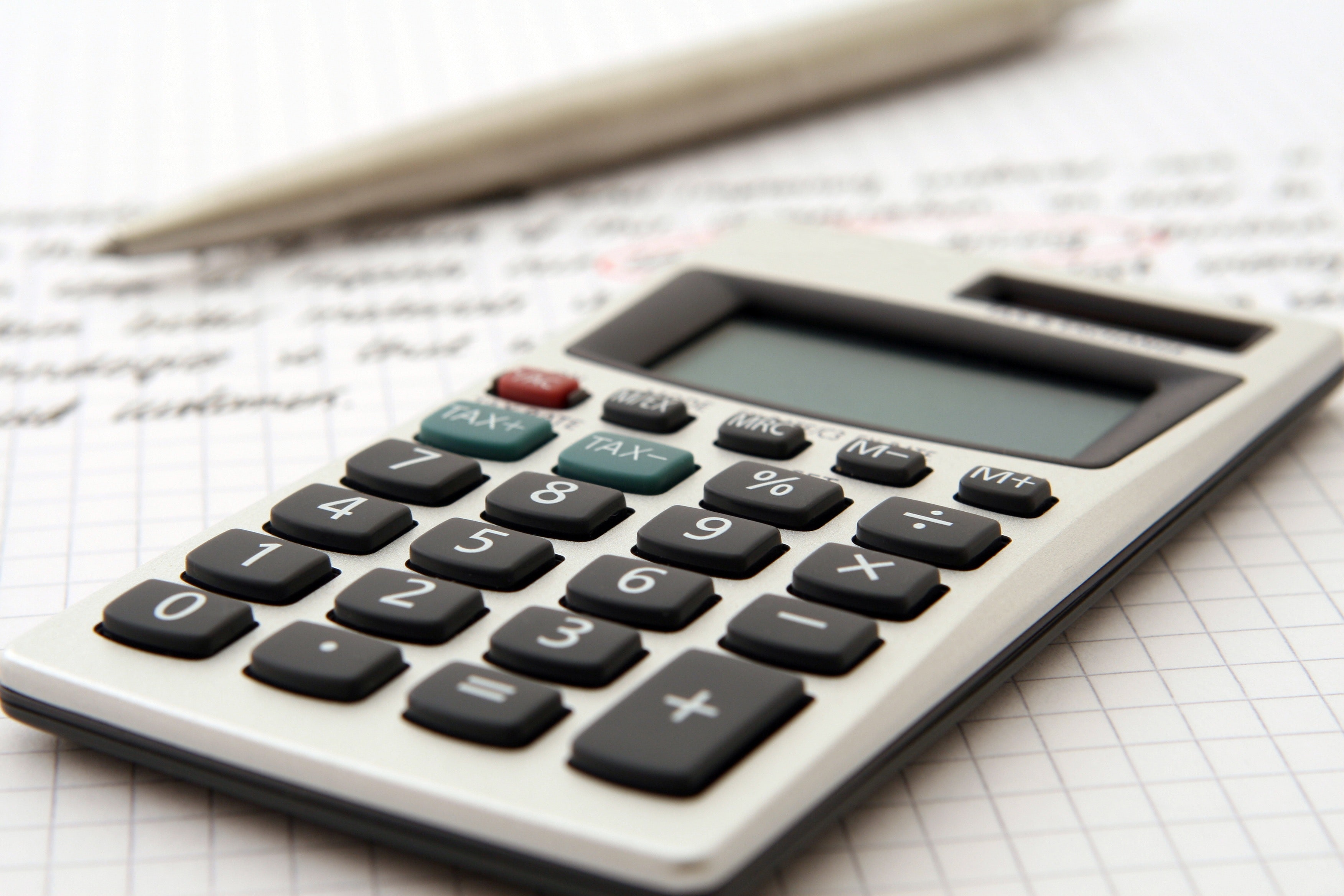In this blog post we wanted to run through the THREE key steps to prepare to buying your home. We appreciate many will be aware of the process, we recall when we bought our first home it was a daunting experience!
It’s normal to fear taking the plunge into uncharted waters and becoming a homeowner or when upgrading. The decision to commit to a mortgage can be an overwhelming experience, in particular when you don’t know what to expect throughout the process. We can relate! However, not only do you not have to go it alone, you do not have to be in a guessing game when it comes to the basics involved when preparing yourself for your home purchase.
Buying a home is an emotional lifestyle decision. It is likely one of the most exciting times of your life as well. We’ve prepared a list of THREE KEY steps to start establishing a basis for what you need to do to.
STEP 1: Work out your numbers
It helps to put it all down on paper and see exactly what you already spend or can expect to spend on a regular basis.
These are some of the costs you will need to consider:
Home Ownership Costs
1. Mortgage repayments (currently you may be renting or living with parents at home)
2. Building insurance (monthly / yearly) or strata (quarterly)
3. Contents insurance (monthly / yearly)
4. Council rates (quarterly)
5. Water rates (quarterly)
Budget of Living Expenses
1. Food / housekeeping
2. Insurance costs – health, car, etc
3. Utilities – gas, electricity, phone
4. Education
5. Dependents – child care / maintenance
6. Entertainment
Other Outgoings
1. Personal / car loan
2. HECS repayments
3. Credit card limits
Ensure you add up all living expenses you expect to incur after you buy a property (existing expenses plus mortgage repayments). Then do an analysis of what it will cost you for both your living costs and mortgage repayments on a monthly, weekly and yearly basis. Don’t forget that you will need to put some extra cash away each month in order to maintain a buffer for emergencies, holidays and future investments.
STEP 2: Determine how much cash you require to get into your home
The amount may vary, but you will definitely need money up front when buying a property.
Purchasing costs include:
1. Deposit – which is a percentage of the purchase price – it can range from 5% to 20% or more
2. Stamp Duty
3. Conveyancing costs – for the legal leg work covering the contract review and settlement – Approx. Cost ~$1,100-$2,000
4. Building and Pest Inspection – Approx. Cost ~$500 / Strata report – Approx. Cost ~$300
STEP 3: Determine your borrowing capacity + get pre-approval
A mortgage broker can help you determine what your borrowing power is based on your income, living expenses and existing liabilities.
It would be ideal to be able to put forward a 20% deposit on your home in order to avoid Lenders Mortgage Insurance (LMI). However, if you don’t have the funds to put a 20% deposit (80% Loan to Value Ratio (LVR)), you can work out a strategy that involves a lesser deposit. A deposit of less than 20% will require LMI, which in most cases can be added to the loan. LMI is a great way to realise your goals in a shorter time and allows you to get into your property sooner, however it is designed to protect the lender so it will likely end up costing you more. Once your borrowing power has been worked out, make sure have a pre-approval in place from your lender so you can go shopping for your first home!
To Get Started: Schedule A Chat with the Property Twins Team Join Our Exclusive Facebook Community of 6,000+ Property Investors: Property Addicts Australia Join our Exclusive Search & Select The Right Property in 90 Days 5-Day challenge
Note: Please ensure you always seek specific specific credit, tax, financial, legal or investment advice. Property Twins' Blogs are not a substitute for personal and specific, taxation, financial, legal or investment advice